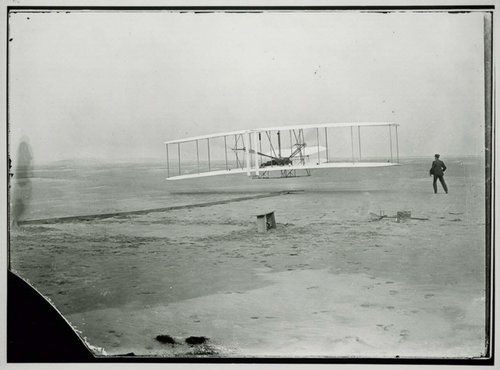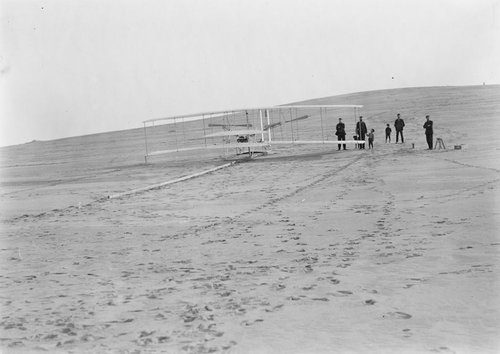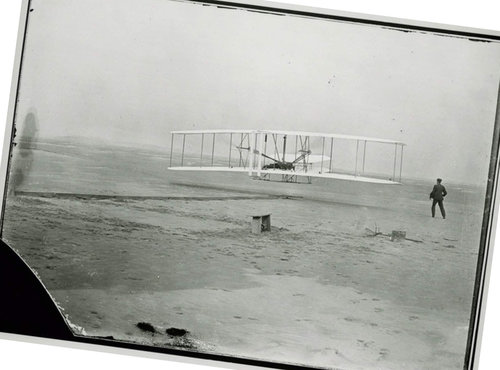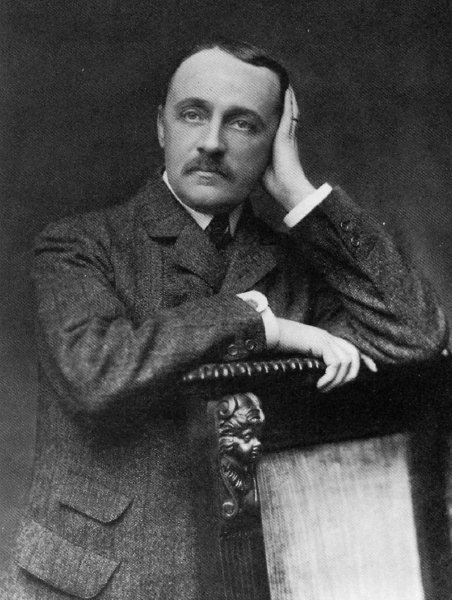Moreover by 1905 they were still the only ones with a machine in sustained and controlled flight - and, by now, certainly capable of taking off under its own power in a flat calm. So really, whether one attributes their "first powered, controlled flight" to 1903 or 1904/5 is at best moot, it is still theirs.
Here is my own take as "how the controversy started".
I would say, the celebration of the December 17, 1903 flight is misleading.
Pros
It was the first powered flight of the Wrights, WHO
SOON THEREAFTER BUT
NOT THAT DAY (
1904 or
1905, still
well ahead of the french) ACHIEVED
CONTROLLED SUSTAINED FLIGHT
Cons
This tickled Gabriel Voisin chauvinism and nationalism when the Wrights come in 1908 and basically said "screw Santos Dumont and screw Farman, we did all this by 1904-1905".
And then Voisin found TWO STRAWMANS (yes, two freakkin' strawman) to screw the Wrights.
STRAWMAN-1 "You used a catapult. This is unfair. Santos Dumont and Farman did not, in 1906-1908.
STRAWMAN-2 "Oh, and by the way, neither did Ader, in 1890."
In the process, Voisin conveniently ignored what I quoted from Steelpillow (Moreover- ).
That's how the controversy started right from July 1908 in Le Mans, really. Voisin stocked it like crazy.
Then what happened on the US side ? they looked for the earliest date the Wright had flown with an engine. Well, that
December 17, 1903.
The problem in picking that date (here's to you, retrofit)
The flights done on december 17, 1903 had little value except "they were the first powered flight by the Wrights."
Why ?
- these flights were uncontrolled
- maybe (maybe) someone had [
lift-off in a straight line like the Wrights that day], on
a LONGER DISTANCE before
(Ader in 1890 ?)
yet
without a catapult !
That was the core of Voisin argument against the Wrights and for Ader being first.
Why ? because in Le Mans, July 1908 the Wrights crushed every record done by Santos Dumont and Farman in 1906-1908 Then Voisin simply changed horse and started pushing for Ader being first "because, look, the Wrights are cheaters !"
As I said, this completely fails to mention the Wrights 1904-05-06-07 achievements.
So maybe the right way to screw the controversy would be to celebrate the Wrights, not December 17, 1903 BUT
first controlled flights in 1904 or 1905.
This would not screw the Wrights in any way since
- They crushed Ader achievements from this moment on
- The French achieved nothing significant until November 1906 and Santos Dumont.




